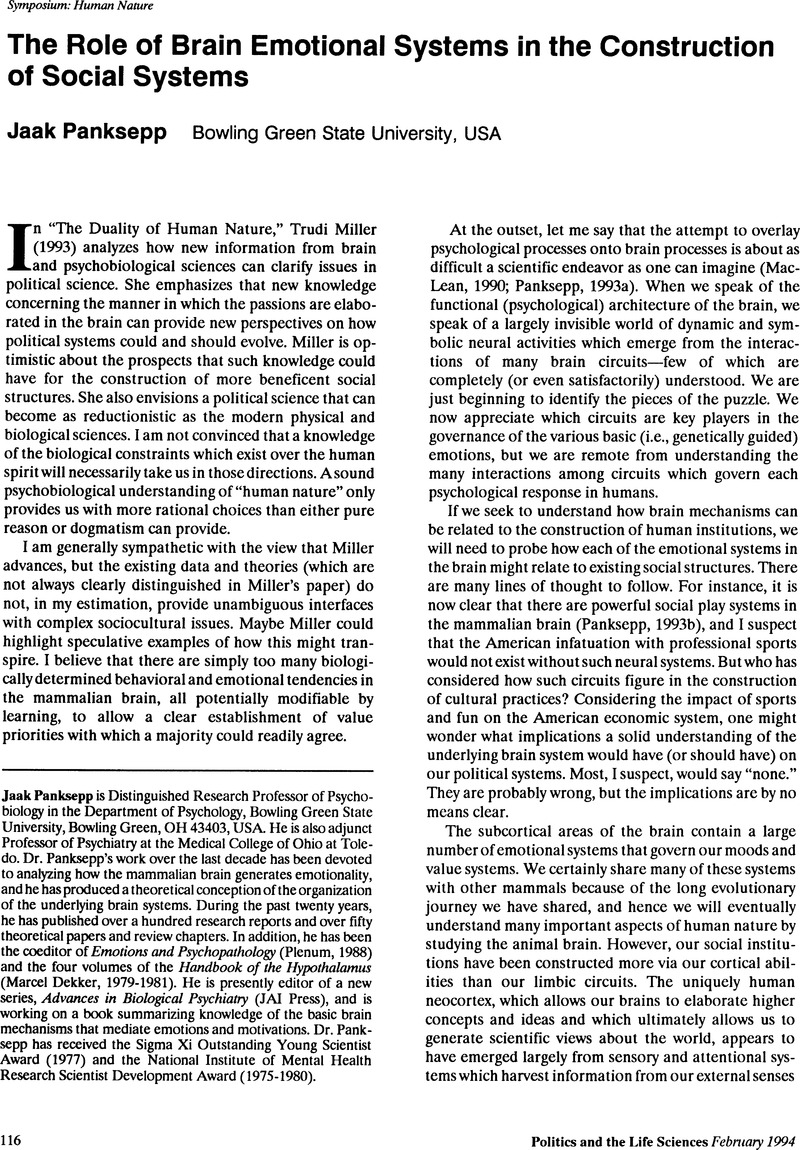Crossref Citations
This article has been cited by the following publications. This list is generated based on data provided by Crossref.
Panksepp, Jaak
1998.
The Quest for Long-Term Health and Happiness: To Play or Not to Play, That Is the Question.
Psychological Inquiry,
Vol. 9,
Issue. 1,
p.
56.
VON SCHEVE, CHRISTIAN
and
VON LUEDE, ROLF
2005.
Emotion and Social Structures: Towards an Interdisciplinary Approach.
Journal for the Theory of Social Behaviour,
Vol. 35,
Issue. 3,
p.
303.
Casimir, Michael J.
2009.
Emotions as Bio-cultural Processes.
p.
281.





